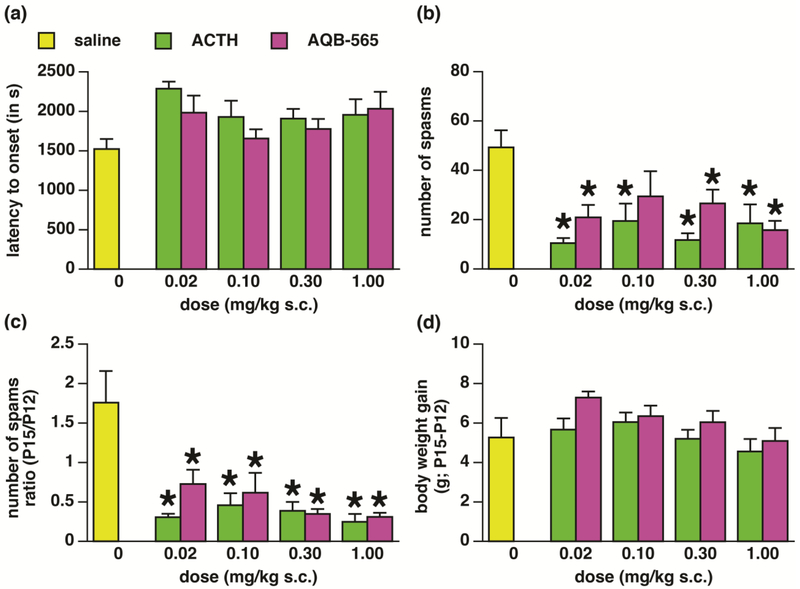Figure 2-. Effects of treatment on spasms on P15.
(a) Latency to onset of spasms (measured from the NMDA trigger) on P15 in the groups receiving saline, ACTH or AQB-565 on P12, P13, and P15 (mean ± S.E.M.). There was no effect of the group assignment on this parameter. Numbers of animals: saline=13; ACTH 0.02=11; ACTH 0.1=9; ACTH 0.3 =18; ACTH 1.0=6; AQB-565 0.02=9; AQB-565 0.1=8; AQB-565 0.3=10; AQB-565 1.0=12.
(b) Number of spasms (per observation period) on P15 in the groups receiving saline, ACTH or AQB-565 on P12, P13, and P15 (mean ± S.E.M.). There was a significant effect of group assignment. All groups except for AQB-565 0.10 mg/kg sc significantly suppressed number of spasms in comparison to controls (saline-injected).
(c) Ratio of the number of spasms on P15 over P12 calculated for each individual rat (mean ± S.E.M.). There was a significant effect of all treatments used (suppression of the ratio compared to saline controls). Numbers of animals: saline=10; ACTH 0.02=11; ACTH 0.1=9; ACTH 0.3 =18; ACTH 1.0=7; AQB-565 0.02=10; AQB-565 0.1=8; AQB-565 0.3=9; AQB-565 1.0=12.
(d) Body weight gain between P12 (before treatment) and P15 (completion of treatments; mean ± S.E.M.). Neither drug in any dose used affected body weight gain. Numbers of animals: saline=12; ACTH 0.02=12; ACTH 0.1=12; ACTH 0.3 =20; ACTH 1.0=11; AQB-565 0.02=10; AQB-565 0.1=10; AQB-565 0.3=9; AQB-565 1.0=13.

